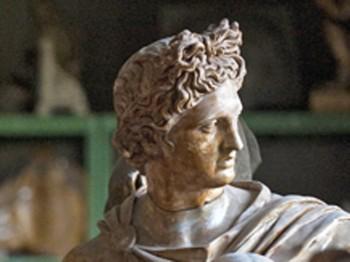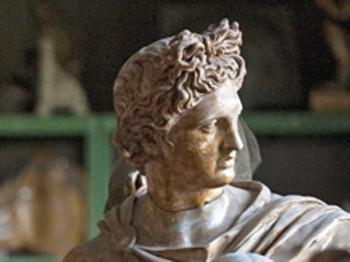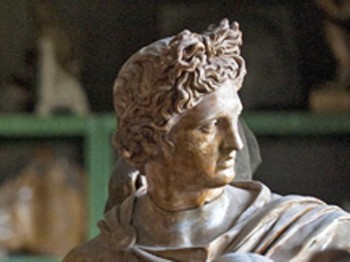Berlin Workshop Produces Replicas of Ancient Sculptures
One hundred limited-edition replicas of the 3,500-year-old bust of Egyptian Queen Nefertiti are being created for sale.

The Replica Workshop of the National Museums of Berlin boasts 7,000 molds dating back to antiquity; the largest collection in the world. John Macdougall/AFP/Getty Images
|Updated:





